Read on or listen to this post:
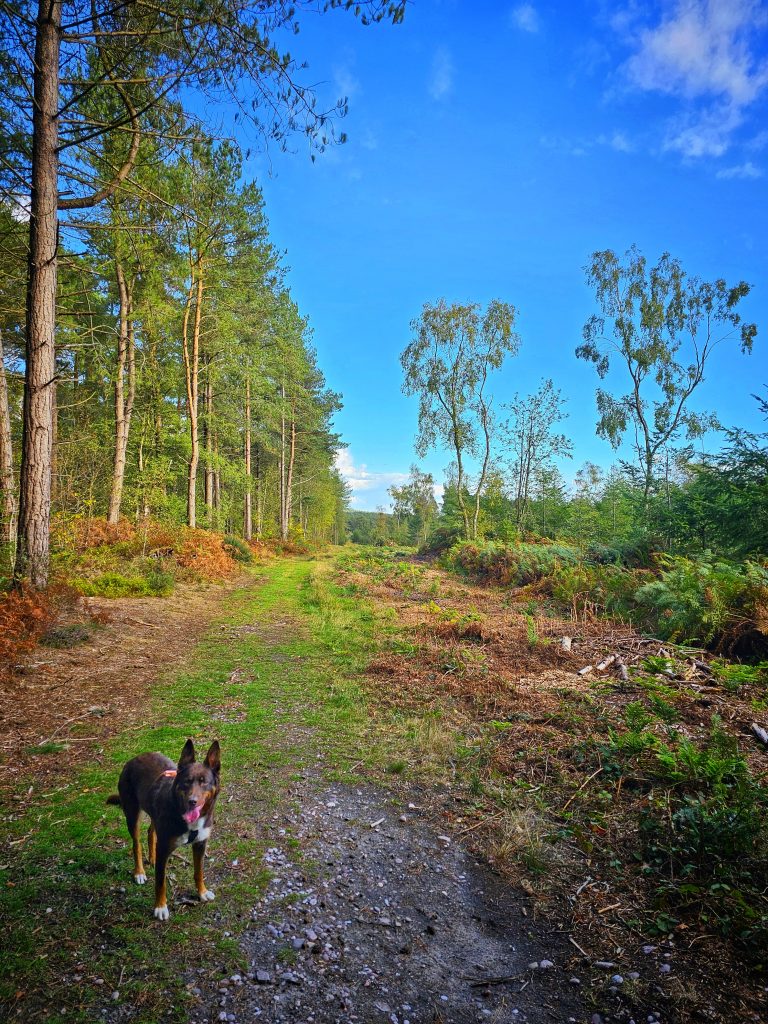
As I pack up for another deep wilderness immersion – maps checked, kit squared away, plan in place – I can’t help but notice the martyrs are out in force again.
You know the type: tragic guardians of the countryside, declaring online that wild camping, swimming, hiking, or whatever else they occasionally dabble in is “ruined” because someone somewhere did it wrong. Cue the solemn vow: they will nobly give it up… for nature.
Touching, isn’t it? I’m sure the hills are drafting a thank-you card.
The Theatre of Noble Retreat
I’ve spent years making the outdoors both my passion and my profession: hiking, backpacking, overlanding, greenlaning, wild swimming, foraging, survival, bushcraft, conservation and legal work, physical repairs, and more recently learning climbing and kayaking. I live under canvas or in the back of a Land Rover more than I live under a roof, and I teach others to do the same. I’ve slept rough through Scottish winters, navigated by stars and flora, foraged meals, and learned that genuine outdoor competence comes from thousands of hours of showing up, not from a single dramatic gesture of withdrawal.
And in every corner of this world – from windswept mountain ridges to boggy tracks – I’ve heard the same theatrical whine: it’s ruined, I’m giving it up.
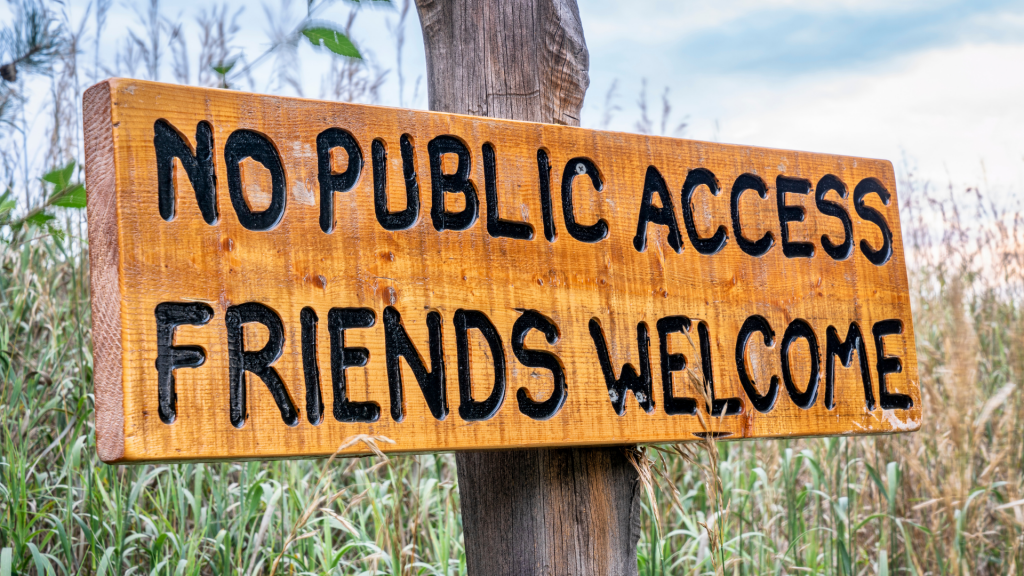
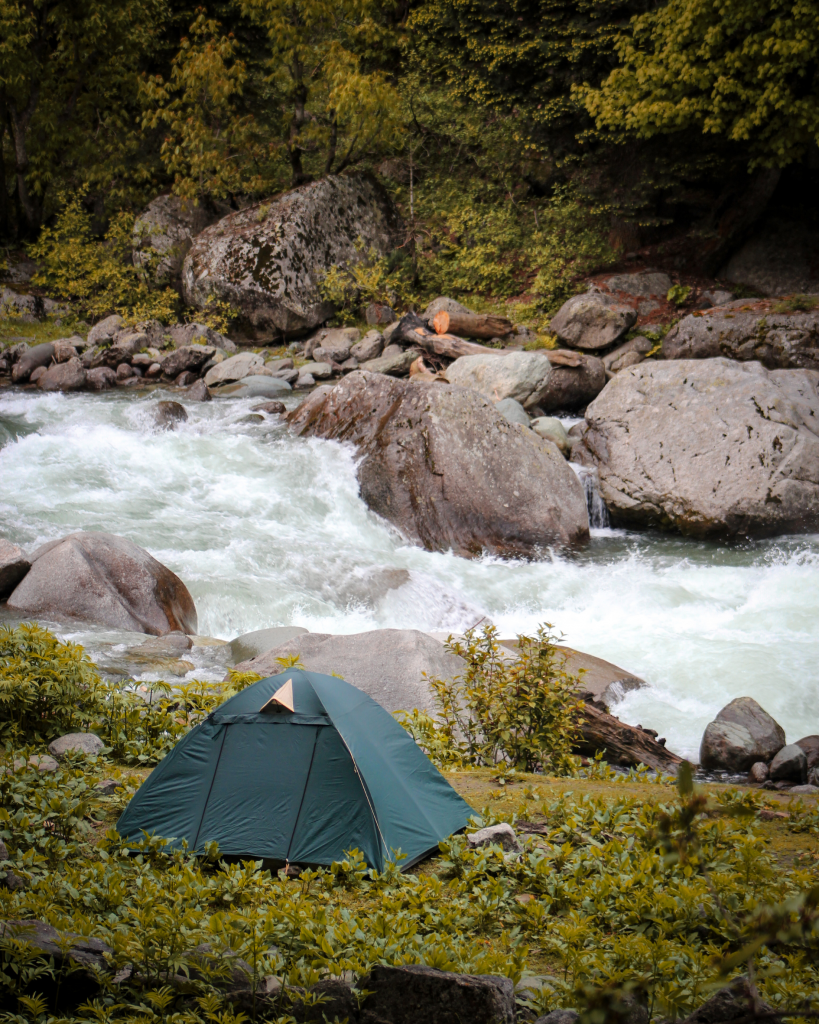
It’s an odd kind of performance. Wild swimmers bemoan that their local river has “too many people in it now,” as if water has a guest list and they were charter members. A 4×4 driver, having seen a couple of YouTube clips of someone wheel-spinning in a peat bog, decides the only moral option is to hand in their keys and announce their martyrdom to social media. Hikers in Decathlon boots are apparently so offensive to the aesthetic that they cause veterans of two entire Lake District weekends to retreat nobly to their sofas, where they can curate their memories in peace.
The pattern is remarkably consistent: someone whose outdoor experience consists of occasional weekend trips discovers that other people also enjoy wild places. Shocked by this revelation, they declare the entire pursuit compromised and flounce off in a huff of performative conservation. Usually from the comfort of their keyboard, after they’ve already got their Instagram shots.
What You See Versus What’s Actually There
Here’s the reality: if all you ever notice is the damage, the mess, the worst-case behaviour – then you’re probably not out there enough to see what really goes on. The martyrs fixate on the one discarded tent or the Instagram idiot because those incidents stand out against their limited exposure. When you only visit occasionally, the negative looms large because you lack the context of everyday reality.
I’m out there consistently – not just for scenic weekends, but through the monotonous middle bits, the grey drizzly days, the times when there’s no one to photograph or impress. And from that perspective, the picture looks entirely different.
For every careless wild camper leaving mess behind, I see ten families quietly packing out their rubbish, often collecting others’ litter as they go. For every scorched patch of moor from someone who didn’t know what they were doing, I see dozens of tidy fire pits done right by people who’ve taken the time to learn proper technique. For every idiot parked in a river for Instagram points, I see greenlaners carefully filling potholes, repairing ruts, and maintaining access routes that benefit everyone.
The martyrs see one viral video of bad behaviour and conclude the entire pursuit is corrupted. Meanwhile, those of us actually living this life see the overwhelming majority doing it well, quietly, without fanfare or social media validation.
If all you see is negative, it says more about how little you’re actually there than it does about the state of the outdoors itself. It reveals that your relationship with wild places is mediated primarily through screens rather than lived through consistent presence and participation.
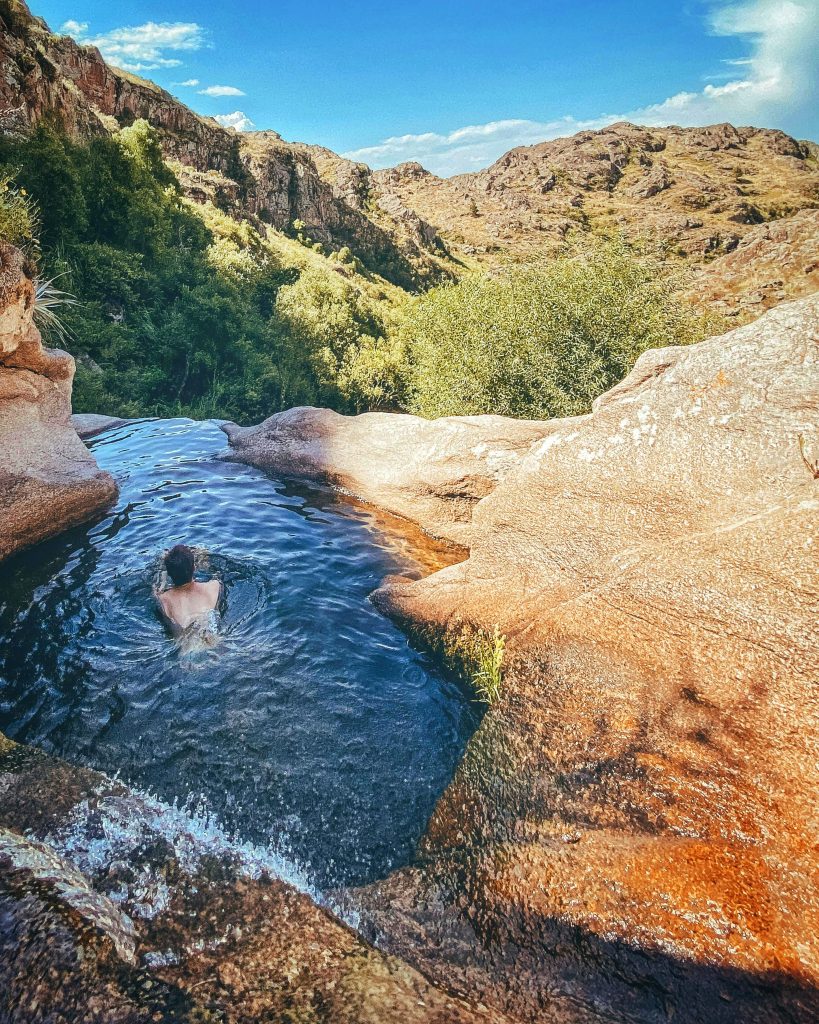
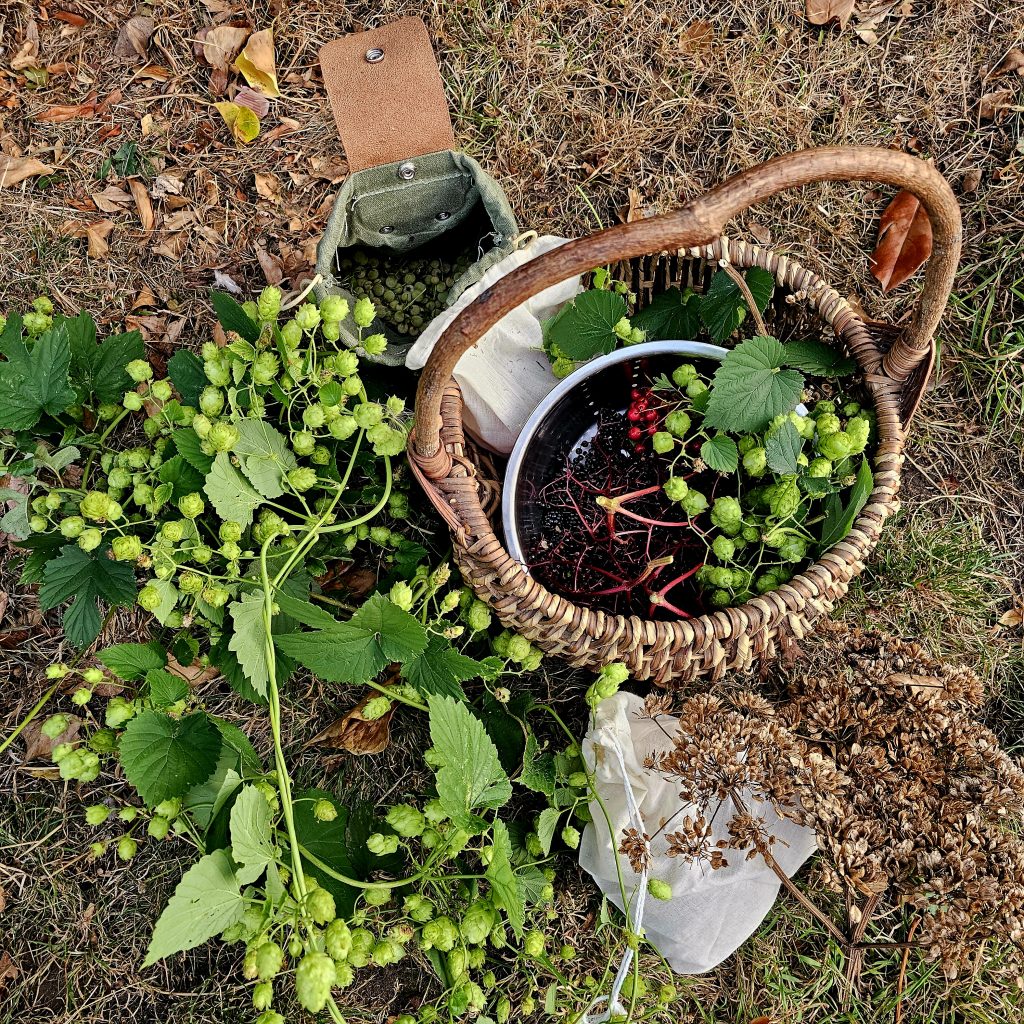
The People Who Actually Do the Work
And if you really want to talk about protecting nature, look at the people who actually do it. Not the keyboard martyrs, but the unglamorous heroes who show up regardless.The rangers who pick up litter long after everyone else has gone home, who maintain trails through brutal weather, who deal with the consequences of both inexperience and irresponsibility without complaint. The farmers who balance land use with conservation, whose practical knowledge of ecosystems puts most armchair environmentalists to shame. The mountain rescue volunteers who slog out at 3am in driving rain to drag the unprepared back to safety, then return to their day jobs without seeking credit or recognition.
The outdoor instructors and guides who put decades into teaching skills responsibly, who understand that education rather than exclusion is how you create genuine stewardship. The local conservation groups doing actual habitat restoration work rather than just posting about it. The experienced practitioners who mentor newcomers rather than gatekeeping their precious spots.
These people don’t throw their hands up and walk away because someone left a Stella can on the hillside. They don’t whine, and they certainly don’t martyr themselves with a self-important social media post announcing their noble withdrawal. They show up, do the work, keep the place alive, and understand that protecting nature requires presence, not theatrical absence.
They’ve learned what the martyrs never grasp: that education, modelling, and participation create positive change. Abandonment just cedes the space to those with less knowledge and experience.
Never Meet Your Heroes
They say never meet your heroes, and it’s brutally true. One of the main reasons I stopped working for organisations, clubs, and most magazines was exactly that. Behind the glossy features and “inspirational” talks you’ll often find people whose outdoors credentials consist of either a couple of guided trips or a very expensive kit list accompanied by minimal actual wilderness competence.
I’ve sat in meetings with “outdoor experts” who couldn’t navigate without GPS, who’ve never slept outside without amenities, who treat nature like a backdrop for their personal brand rather than something to genuinely engage with on its own terms. I’ve watched “conservation advocates” whose main contribution is sitting on committees having meetings about meetings or posting performative social media posts, who’ve never actually restored a trail, cleared invasive species, or spent unglamorous hours doing actual environmental work.
It’s as common in organisations and publications as it is on Instagram – perhaps more so, because institutional credibility makes the performance more convincing. The glossy magazine spreads, the inspirational speaking circuit, the book deals – all built on remarkably thin foundations of actual outdoor living.
The sad thing is, people fall for it. They confuse aesthetics for experience, performance for stewardship, marketing for mastery. They think someone must be experienced because they have the right gear, the right photography, the right rhetoric about protecting wild places. They don’t realise that genuine competence looks quite different – usually muddier, less photogenic, and far more focused on showing up consistently than on grand gestures.
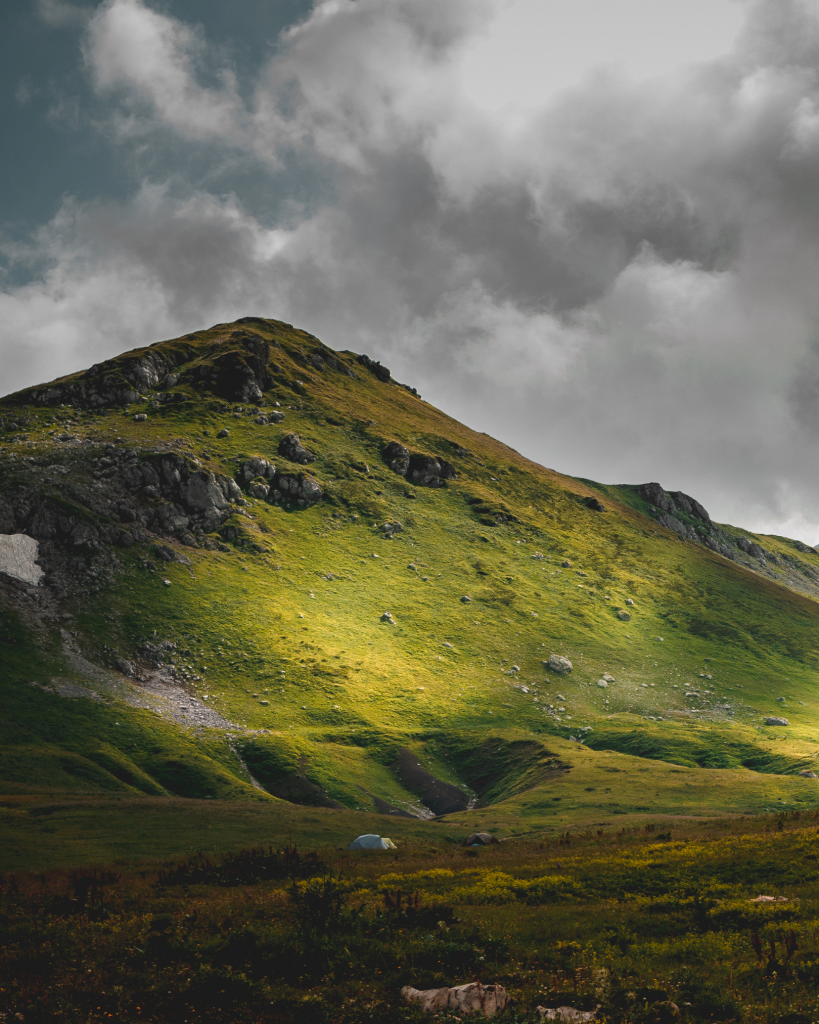
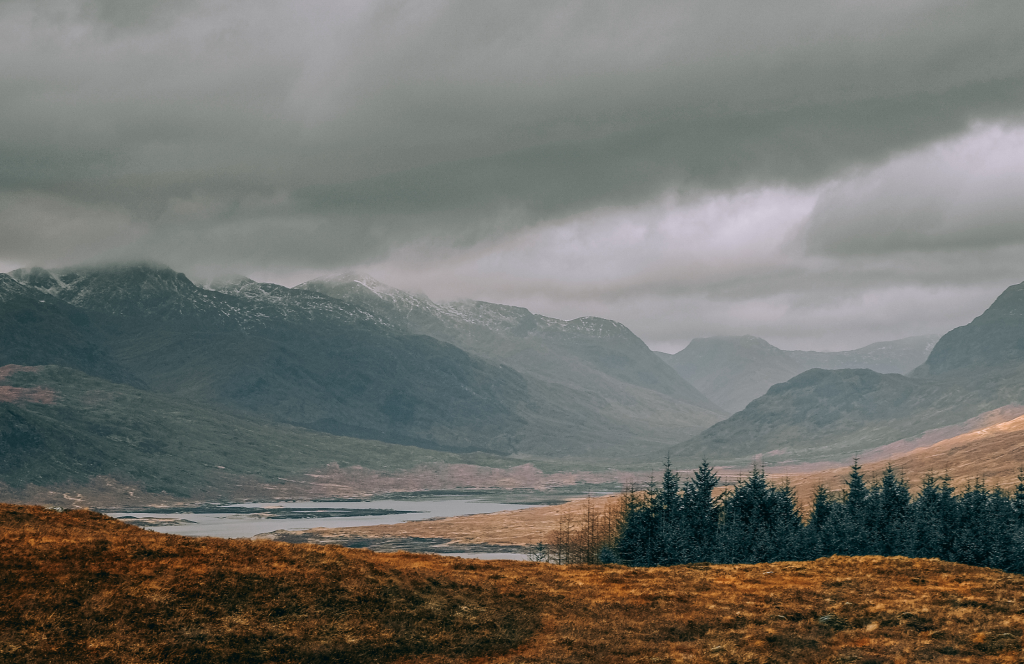
What Nature Actually Teaches
Nature doesn’t perform. It doesn’t clap for you. It doesn’t care whether you’re a gear junkie, a bestselling columnist, or an influencer on their third “soul-searching” trip to Patagonia funded by sponsors. Nature doesn’t bend itself into a narrative arc for your followers. It doesn’t validate your identity or confirm your moral superiority. It just is.
And if you’re not honest with yourself and with it, nature has a brutal way of calling you out. Ego is often the first thing that gets you into trouble out there – whether it’s a climber overestimating their ability and ending up stranded, a greenlaner over-revving through a bog to show off and causing actual damage, or a wild swimmer treating a fast-flowing river like a spa day and needing rescue.
I’ve seen it repeatedly: people whose sense of themselves as “outdoor people” becomes so inflated that they stop respecting the actual environment. They’re so busy performing their identity that they forget to pay attention to conditions, to their own genuine skill level, to the thousand small choices that determine whether you’re genuinely competent or just playing at it.
That’s why the very first thing I teach is simple: drop the ego. Nature doesn’t care how many followers you have, what brand your boots are, how noble your online flounce about quitting wild camping sounded, or how many magazines have featured your adventures. It cares whether you know what you’re doing, whether you’re paying attention, whether you’re humble enough to keep learning.
The martyrs are drowning in ego – the ego that says their presence is so special that its absence will somehow make a difference, the ego that positions them as morally superior to the “masses” ruining everything, the ego that needs to announce their sacrifice rather than just quietly adjusting their approach.
The Paradox of Protection
Here’s what the martyrs miss entirely: the way to protect nature isn’t absence – it’s responsible presence. When experienced, knowledgeable people withdraw in huffs of performative purity, they don’t leave pristine wilderness behind. They leave a vacuum that gets filled by people with less knowledge, less skill, less understanding of proper practice.
The outdoor community needs practitioners, not martyrs. It needs people living it, doing it, teaching it, modelling it. People who understand that stewardship means engagement, not withdrawal.
I’ve chosen differently. When I see someone about to make a fire in the wrong place, I have a conversation rather than taking photos for my “look at these idiots” social media post. When I encounter newcomers struggling with kit or technique, I offer friendly advice rather than silent judgment. When I see litter, I pack it out rather than photographing it as evidence that everything’s ruined.
Through my work with Feral Therapy, I’ve found that education beats exclusion every time. Teaching people proper fire craft prevents more damage than banning fires. Showing people how to assess river conditions prevents more drownings than telling them wild swimming is ruined. The outdoor skills I teach – from navigation to foraging, from survival techniques to proper camp craft – aren’t just about individual capability. They’re about creating a community of people who genuinely understand and respect wild places through consistent, informed engagement.
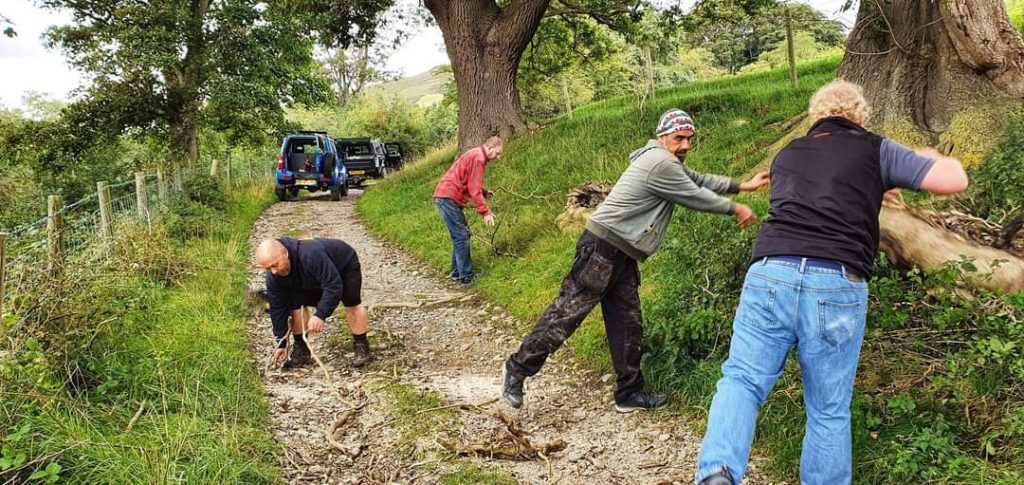

The Real Work
What actually threatens wild places isn’t newcomers making mistakes – it’s the combination of inexperience and ego. Not increased access, but decreased education. Not more people enjoying nature, but fewer people developing genuine relationships with it.So yes – roll your eyes at the martyrs with me. Laugh at the theatre of noble self-sacrifice. But don’t let their gatekeeping discourage you from developing genuine outdoor competence.
Because nature doesn’t need another martyr. It needs participants. People willing to learn, to practice, to teach, to show up consistently rather than flouncing off dramatically. Your regular, responsible presence does more good than your noble absence ever could.
Go outside. Learn the skills. Show up. Participate. Because that’s what actually protects wild places: not performative withdrawal, but consistent, knowledgeable, humble engagement from all of us.
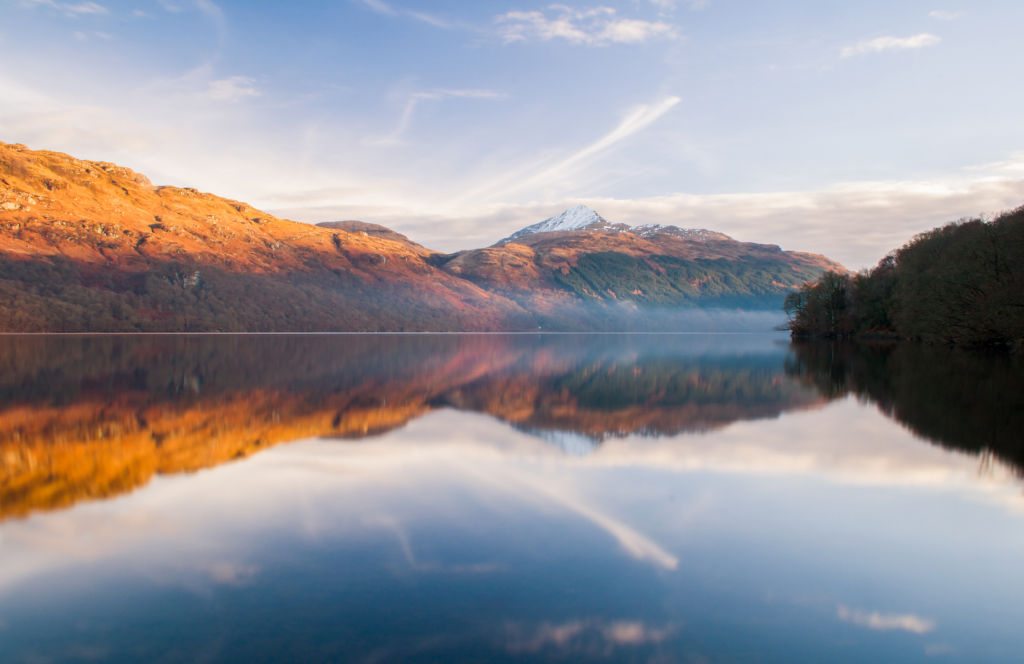
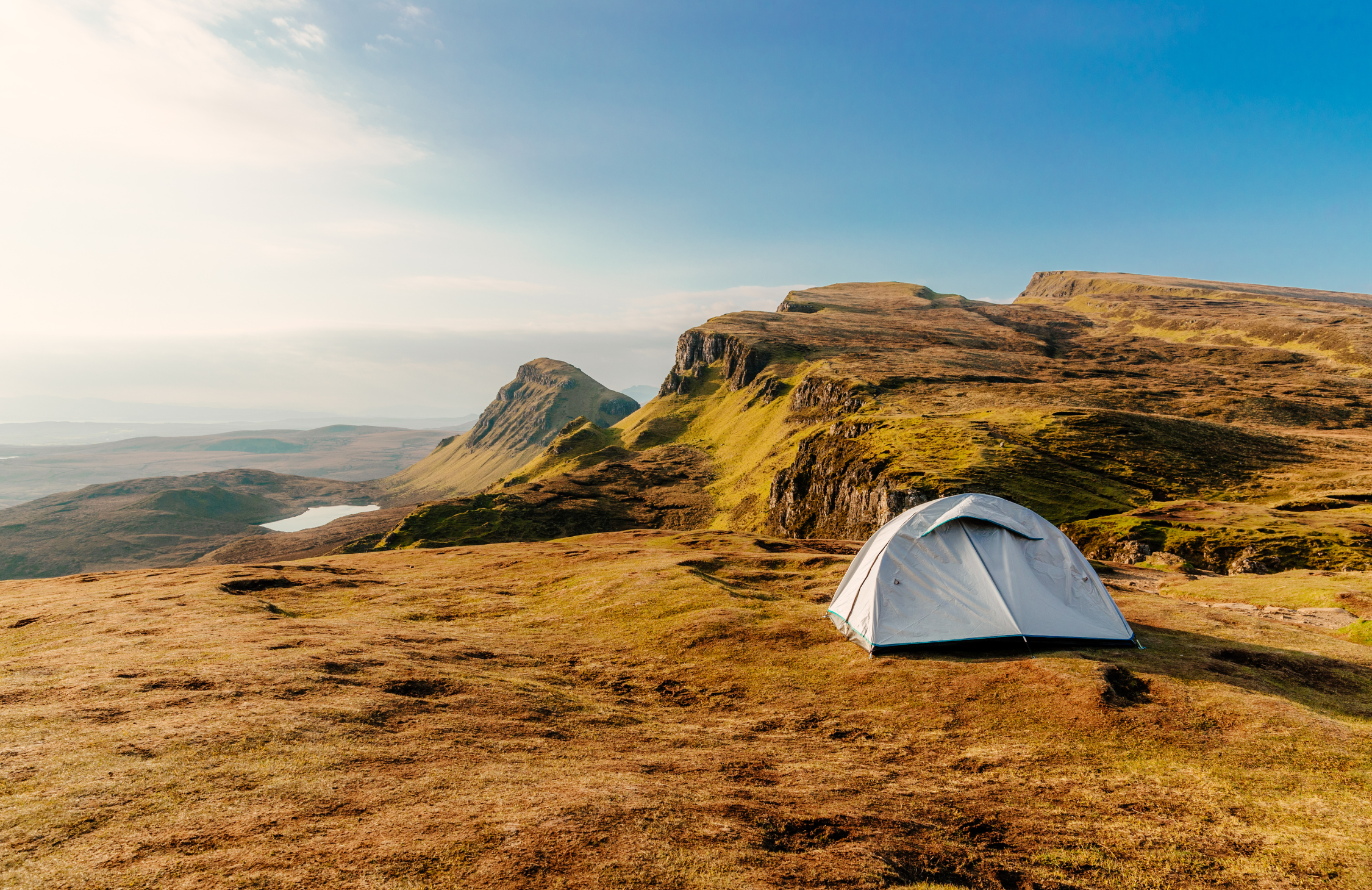
No responses yet